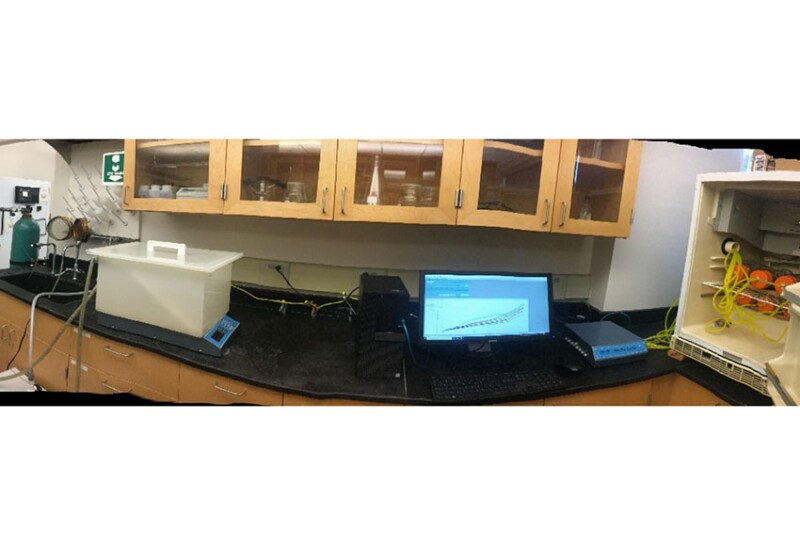Hydrocarbon spills can occur at various stages of the oil and gas exploration and production process. Treating these spills onsite to avoid more-expensive excavation and incineration processes would be beneficial. The study outlined in the complete paper aims to optimize the use of rhamnolipid biosurfactants for enhancing the bioremediation of hydrocarbon-contaminated soil. The goal of this work was to explore the effects of rhamnolipid application on hydrocarbon degradation rate under both laboratory and field conditions and to examine the effects of this treatment on the indigenous soil microorganism population.
Introduction
The authors write that, to the best of their knowledge, previous research studies on rhamnolipid-based soil remediation focused on either laboratory or field tests and that comparison between laboratory-scale and field-scale tests is overlooked but necessary for practical applications.
Materials and Methods
Materials and Chemicals. The soil used for this work (23 kg for the laboratory test, 10 metric tons for the field test) was obtained from a contaminated site in Longford Mills, Canada.


